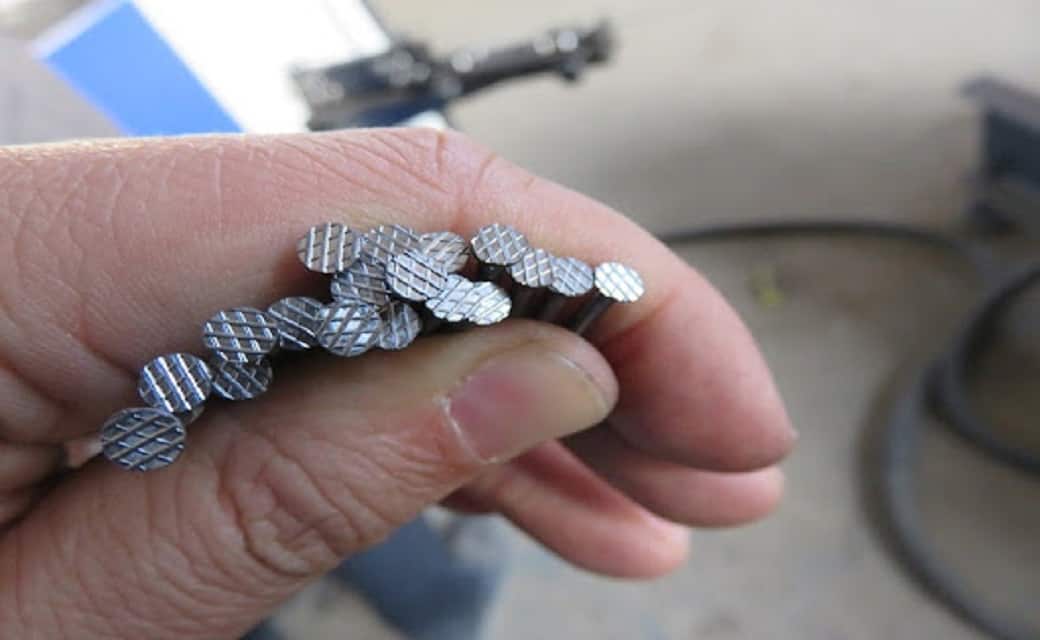We use different types of nails today in our construction and craft sectors. Most of the time, a kind of nail called wire nails is frequently used in homes. They are mainly designed for wooden elements. If we observe a bit, we come to know that they contribute a lot to our everyday use.
Therefore, it would be worth reading to know how wire nails are produced? What are their pros and cons? How are they used in the home? And in which sizes they are available in the market.
What are Wire Nails?
The nails made from the coil of wire are known as wire nails. It is a common type of nail readily available in the market. Wire nails are used in the home for wooden objects and other crafting elements most of the time.
Production of Wire Nails
The most common way wire nails are produced is the wire nail machine. It is a semi-automatic machine that manufactures many wire nails at an optimum time.
First, the wire coil is rolled to make huge rolls. Then, they are sent to the machine, where the machine cuts the wire to a specific length. Then, several tools or functions of the machines are used to make the head and point of the nail. Finally, many wire nails fall into the bucket, are collected, and shipped as they exit from the machine.
Uses of Wire Nails
Wire nails are pretty famous for their versatility. That is why they are used in several fields alongside household projects. Usually, you can use wire nails in any situation requiring fastenings, such as hardwood objects, wooden walls, wooden floors, and cardboard things.
Sizes of Wire Nails
As mentioned earlier in the above heading, the wire nails are versatile in their usage, but they are also many in their size. Generally, there are more than six types in the market, and all of them are listed below.
- 25mm
- 32mm
- 40mm
- 50mm
- 63mm
- 75mm
- 100mm
- 125mm
- 150mm
Advantages of Wire Nails
There are many advantages of wire nails. However, we have picked the most highlighting pros.
- They are made of sturdy elements, thus offering a longer life span.
- They are made of non-toxic ingredients.
- Wire nails are affordable.
- They can be recycled.
- Wire nails are the best fastener.
- They can be disposed of quickly.
Disadvantages of Wire Nails
As wire nails have advantages, they contain a few disadvantages too. Below are given some cons of the wire nails.
- They create a carbon footprint during their production.
- It is a time-consuming procedure to make stainless steel nails.
- Recycling is a difficult process for wire nails.
- In terms of outlook, wire nails are not attractive.
- They can split the wood if smashed hard.
Wire Nails vs. Cut Nails – What is the Difference?
Cut nails differ from wire nails in many aspects. The tip of the cut nails is blunt, while the end of the wire nail is sharp. In terms of length, wire nails are shorter than cut nails. Lastly, cut nails can be used in bricks, whereas a wire nail cannot.



